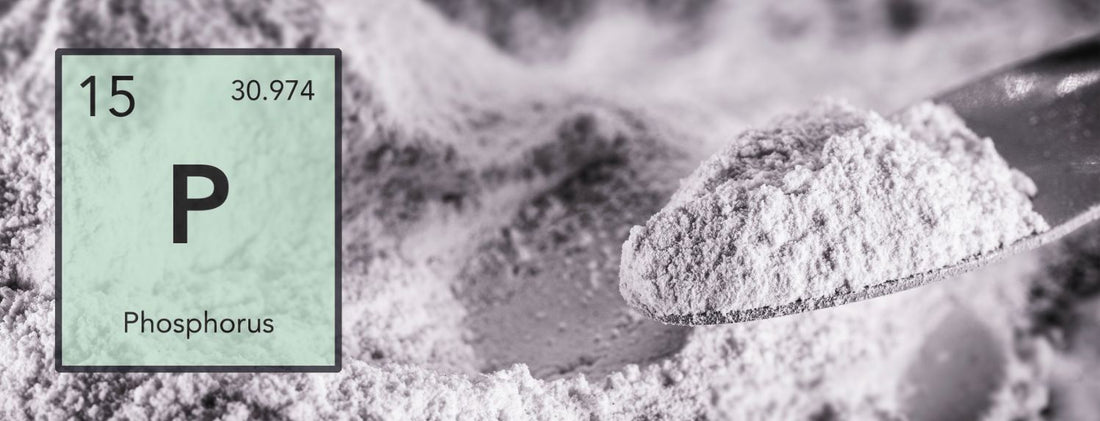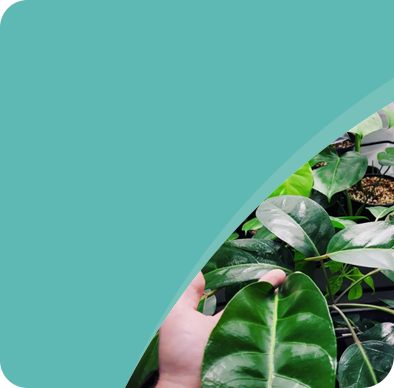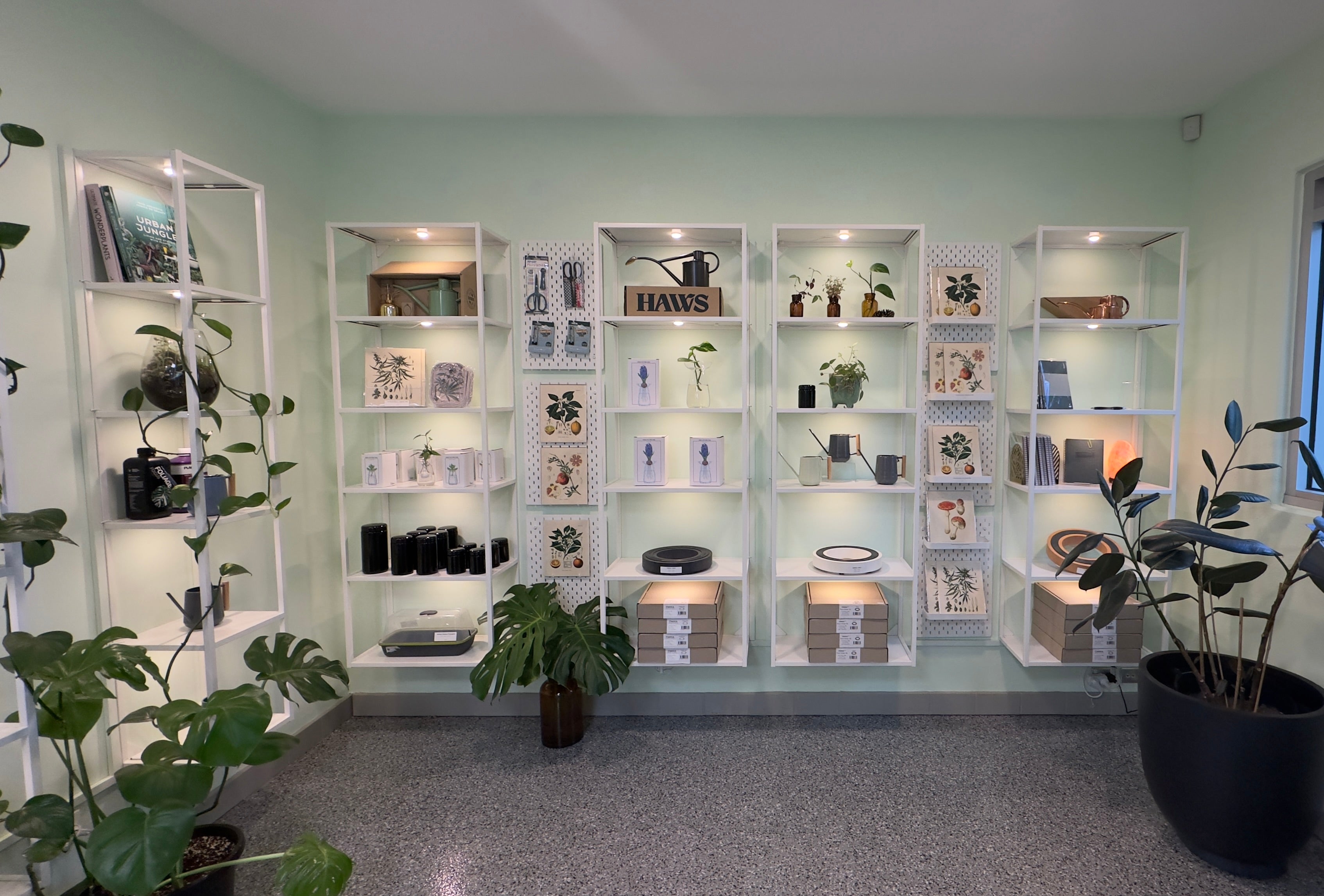Phosphorus is an essential element for plant growth, plants would not be able to grow/photosynthesise light without its presence.
In humans, insufficient amounts of phosphorus in our bodies for an extended period can cause a wide range of serious health issues, such as osteoporosis symptoms.
When a plant is phosphorous deficient, the plant goes through a series of processes trying to translocate that element from within its cells, the plant will continually move phosphorus to the newer growth until there is none left in the older cells. This is where you should manage this issue by adding more phosphorus to your feeds or increasing the amount of P fed.
Phosphorus is an essential mineral for plants that is used in photosynthesis during respiration, releasing stored energy in the form of carbohydrates. So, with no phosphorus, photosynthesis, new cell formation and respiration would not take place.
Phosphorus is an essential element for fruit and flower production, higher amounts of phosphorus mean increased fruit/flower densities and essential oil production.
- Phosphorus is essential for the Stomata to function.
- Phosphorus is a stimulant that triggers healthy root growth.
- All energy stores created by the plant are translocated with phosphorus.
- Improved overall crop quality.
- Improved flower and seed production.
- Increased cell and meristem strength.
How do you recognize phosphorus deficiencies or toxicities?
Symptoms of a P deficiency:
Petiole (leaflet stem) turns red/purple. If the plant's genetics do not indicate the red stem as normal then you need to add P to your plant's next feed and correct the pH to 6.0-6.5. Upon the problem being fixed you will notice the newer leaflet growth to be completely unaffected.
Symptoms of a P toxicity:
We need to observe the leaves/leaflets in this case, and an excess usually displays itself as a dark (grey/black/brown) segment, this literally progresses and consumes the entire leaf, literally will die off at the end and causing the plant cells to weaken.
To fix this, you will need to flush the plant with plain water, reset the base nutrient at 70% strength and adjust the pH to 5.9-6.1. As the problem corrects itself you will notice the progression of the toxicity slow down and newer growth again would resume. Remember that phosphorus is mobile so the problem will always start at the oldest (lowest) growth.
Once the plant has bounced back, the severely damaged leaves should be removed so the plant can focus on production again instead of using a lot of energy trying to repair local damage.




